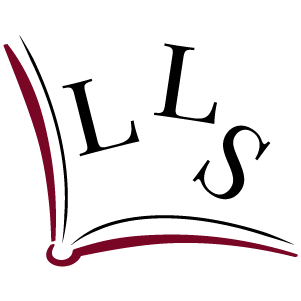I’ve been thinking a lot about close reading, the kind we do at LitSalon, not the lazy before-bed turning of pages or the rushed speed read of the latest bestseller. The world rushes past us, dips and dodges like a butterfly, but we often fail to notice the markings on its wings. For me, attentive reading can be my moment of watching the butterfly, attending to it.
In Kew Gardens Virginia Woolf is paying attention to moments where the human and natural worlds intermingle. The “zig-zag flights” of butterflies are not unlike the random movements of people through the gardens, all the while a snail slogs linearly toward its goal. We readers are given the opportunity to pause and relish the details — flashes of colour and snatches of conversations — for example, eavesdropping on a married couple contemplating past lovers:
“How the dragonfly kept circling round us: how clearly I see the dragonfly and her shoe with the square silver buckle at the toe. All the time I spoke I saw her shoe and when it moved impatiently I knew without looking up what she was going to say: the whole of her seemed to be in her shoe. And my love, my desire, were in the dragonfly.”

Woolf’s painterly style invites us to contemplate the words visually, and in these moments at Kew Gardens are distilled a thousand dreams — the human and natural worlds collide in an image where dragonflies contain passions and people are the garden:
“Yellow and black, pink and snow white, shapes of all these colours, men, women, and children were spotted for a second upon the horizon, and then, seeing the breadth of yellow that lay upon the grass, they wavered and sought shade beneath the trees, dissolving like drops of water in the yellow and green atmosphere, staining it faintly with red and blue.”
At LitSalon, we practise and celebrate slow reading as a communal act as well as individual activity. Committing to a study is committing to close reading, collaborative meaning-making, and the idea that great thinkers and beautiful words deserve our close attention, our time together. Noticing these fine details is the opposite of scrolling through Twitter, rushing past the rose garden. And great words open up opportunities for conversations we wouldn’t normally have these days.
Yes, it can be hard to make the time for slow reading, but whenever I do, I’m always grateful. And I feel better, ecstatic even. Indeed, it’s not a new idea that reading can increase our well-being and restore our zest for living. In his article The Reading Cure, Blake Morrison writes:
“Plato said that the muses gave us the arts not for “mindless pleasure” but “as an aid to bringing our soul-circuit, when it has got out of tune, into order and harmony with itself”. It’s no coincidence that Apollo is the god of both poetry and healing; nor that hospitals or health sanctuaries in ancient Greece were invariably situated next to theatres, most famously at Epidaurus, where dramatic performances were considered part of the cure. When Odysseus is wounded by a boar, his companions use incantations to stop the bleeding.”
Blake Morrison, The Guardian, January 2008
It seems to me that now, more than ever, we can use the kind of healing that comes with careful reading, and that we can benefit from making the time to pay attention. Revisiting the words together expands our understanding, increases empathy, and reduces loneliness — we share assumptions and learn from each other’s reactions. We connect.
Alison Cable is a facilitator at the London Literary Salon, she is currently leading a series of Writing for Wellbeing studies.

















